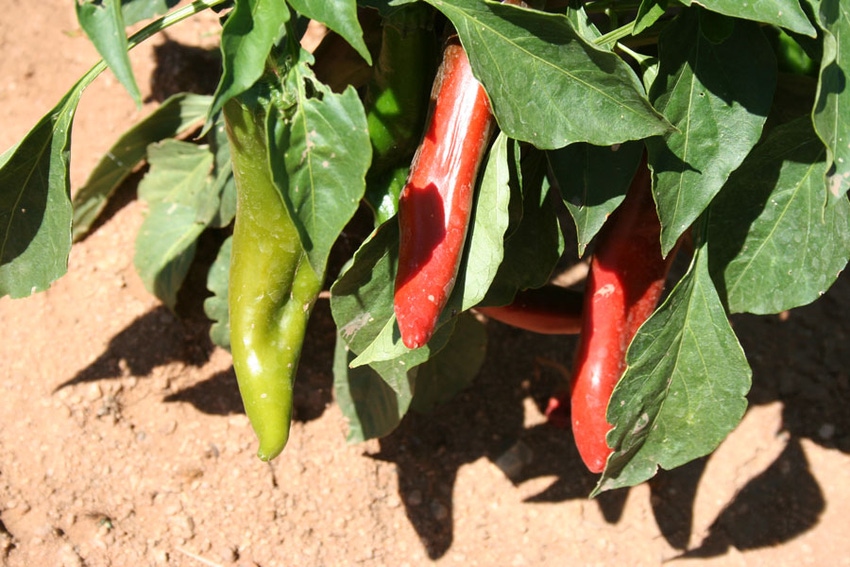
As chili pepper season approaches, New Mexico State University (NMSU) plant and weed specialists are warning growers to watch for factors associated with curly top virus, a disease that has devastated the New Mexico chile industry in past years.
Rebecca Creamer, a plant virologist at NMSU, says the disease is vectored by the beet leafhopper insect, a microscopic insect that feeds on weeds and can spread the virus to certain crop plants "such as chile and tomato."
While the virus is mostly limited to dry, arid regions like New Mexico, they can be problematic and can spread quickly in years following heavy fall rains. While Creamer says New Mexico's primary chili pepper regions didn't receive enough substantial rains last fall to cause a heavy outbreak this growing season, the threat this year still is expected to greater than last year.
For the latest on Southwest crop production, please check out Southwest Farm Press Daily and receive the latest news right to your inbox.
"Most growers won't have a major problem," she said, but early and mid-season weed control programs are an effective means to help minimize potential outbreaks.
In a new NMSU video, Creamer warns growers to be aware of their weed populations because certain weeds can be a very good host for leafhoppers. She says farmers should try to control or remove weeds from around chili pepper fields.
Creamer and fellow NMSU scientists say following the disease and the leafhopper that spreads it over the last decade has provided them with tools to predict insect impact and the chance of the disease spreading from weeds to crops each year.
"Our predictions have been right for about 10 years. The goal is to give growers a head start so they can (use proper) management by knowing what their options will be in any given growing season," she said.
Scott Bundy, professor of agronomic entomology at NMSU, says both the plant and the insect act differently depending on the environment where they are found.
"Even slight differences in micro-climate make them do things at different times of the year. To us what is important is that we have a pretty good handle any given year on what the insect is doing in New Mexico," he said.
Jill Schroeder, another NMSU weed scientist working on the project, says it is important to understand the relationship between the actors involved in developing NMSU's annual threat prediction.
"You can't see any effect of the virus on the host weeds when they are infected with curly top, so it makes it very difficult to know which weeds are infected without doing laboratory tests," she said. "The disease doesn't affect the chili plants every year but when it does it can cause significant economic damage and losses."
Researchers say kochia weeds and London rocket, which grows with moisture during colder weather, seem to be the preferred weeds for the fleahopper. These weeds can be found all around Las Cruces and the lower Rio Grande basin.
While the virus is more prevalent as weather gets warmer, it can live year round in the New Mexico environment in the host weeds.
"If we could understand a little bit more about the habitats of these plants and how those habitats can affect whether or not the virus or the insects are going to go to these plants, then perhaps we could do some targeted weed management in cropping systems," Schroeder added.
NMSU researchers sequence chile genome, hope to unlock genetic secrets…
Researchers say when chili pepper plants are infected, they become yellow, the leaves roll up and growth is stalled. The plant also becomes extremely stiff and it will not produce fruit.
Historically, the virus was most significant and damaging in the 2001, 2003 and the 2005 crop years.
Also of interest:
Farm workers needed to sustain heritage crop
About the Author(s)
You May Also Like




